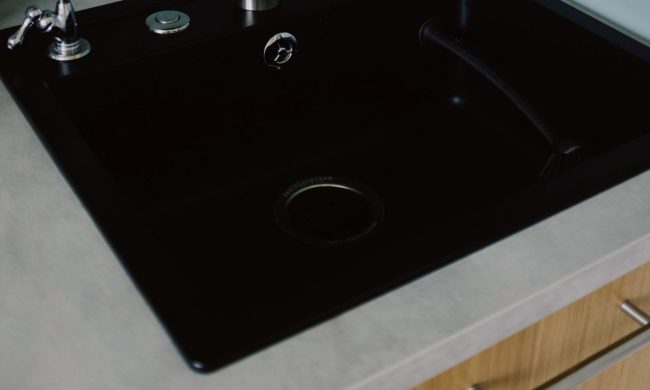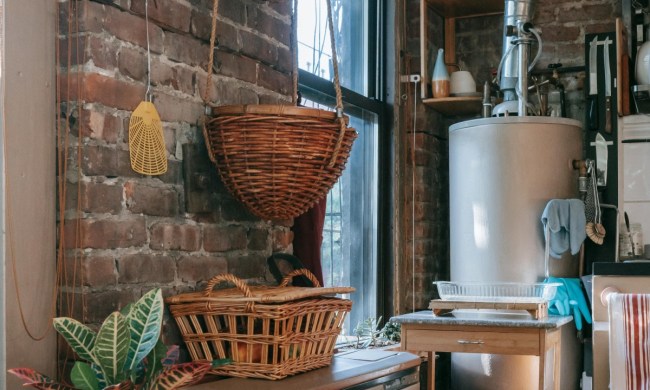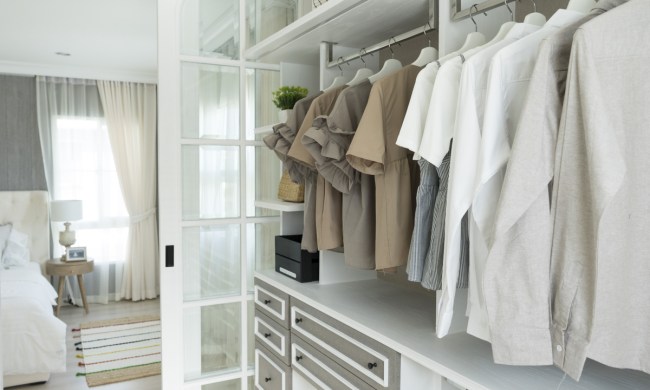Spending hours working in a garden in hot, humid weather can leave you feeling exhausted. If you’ve tried growing vegetables in a garden during the spring and summer, you may have been frustrated and disappointed after you toiled in intense heat for weeks, only to have insects, animals, or disease claim most of your veggies.
- Grow plants that can thrive in your region
- Choose a location where vegetables can grow
- Plant at the right time and under the right conditions
- Decide whether to use seeds or seedlings
- Prepare the area before you start planting
- Follow best practices for your area
- Give your veggies the nutrients and water they need
- Protect your veggies from harsh weather and pests
- Give fall gardening a try
Those issues are typically much less of a factor in the fall. According to Beverly Welch, owner of The Arbor Gate in Tomball, Texas, “The fall garden is probably the best to plant on the Gulf Coast.” During that time, homeowners “don’t have a lot of environmental pressures from weather and insects.”
Raul Fernandez, founder of Victory Garden LA, pointed out that homeowners can enjoy fresher vegetables in the fall if they raise them on their own. Gardening can be a “rewarding experience,” he said.
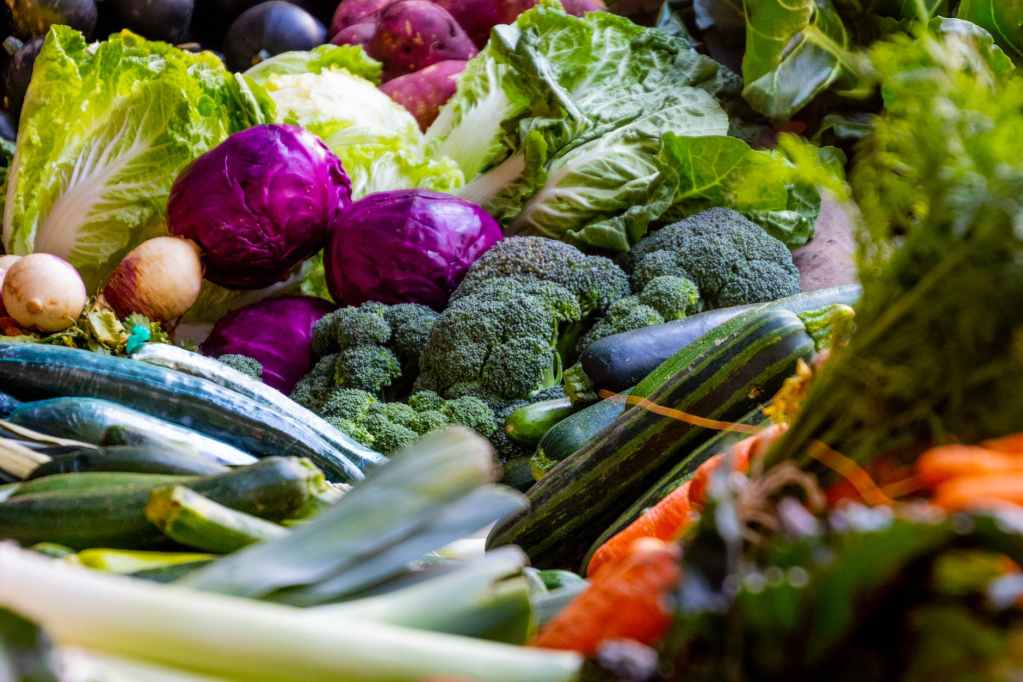
Grow plants that can thrive in your region
Although it’s possible to make some generalizations about which vegetables are best to plant in the fall, it’s critical to consider the specific conditions in your area. Factors such as temperature, amount of rainfall, and soil quality will impact how well plants will grow, and whether they’ll grow at all.
Lettuce, spinach, kale, carrots, cabbage, cauliflower, broccoli, radishes, beets, peas, onions, and Brussels sprouts are generally some of the best vegetables to raise in the fall. These plants fare well in colder weather and can withstand frost and nights with freezing temperatures. Some vegetables even taste better after a frost.
In cooler northern regions, root vegetables, leafy greens, broccoli, and cabbage usually do well.
In the Gulf Coast region, “We can grow a large array of vegetables,” according to Welch. She said lettuce, carrots, spinach, broccoli, cabbage, and cauliflower are most likely to grow well.
In Southern California, according to Fernandez, some of the best vegetables to plant in the autumn are broccoli, beets, cabbage, carrots, cauliflower, kale, lettuce, and underground root vegetables, such as radishes. “Tomatoes aren’t great in the fall,” hesaid.
Fernandez also noted that homeowners in the Los Angeles region can grow herbs year-round. “I think, in some ways, starting small is a good idea for people who have little or no experience with gardening,” he said. “Herbs are always a great way to start. It’s hard to mess them up.”
Herbs such as oregano, parsley, thyme, rosemary, sage, and cilantro can be grown in the fall and winter in several regions across the United States.
Many vegetables have multiple varieties. Some are better suited to growing in the fall than in the warmer months. Ask an employee at a local garden center or nursery for advice on the best varieties to plant where you live.
Choose a location where vegetables can grow
Where you plant a vegetable garden is critically important. Plants need enough sunlight to thrive. If you select a spot where your vegetables can’t get adequate sunlight, they won’t do well.
According to Fernandez, sun exposure is the most important thing to consider when selecting a location to plant vegetables. “Most plants need several hours of sun during the day,” he said. Before you choose a site for a vegetable garden, make sure you know how much sun the area typically gets.
Welch pointed out other factors that are important to have a successful fall vegetable garden. “You need to have a well-draining spot, good airflow, and lots of sun,” she said.
Fernandez also noted that convenience might play a role in your decision. He recommended that you choose a “location where you are and can get to. The convenience factor is kind of important,” he said.
You don’t necessarily need to have a separate space that’s exclusively devoted to growing vegetables. “People often think with their herbs and veggies, they have to have a dedicated vegetable garden,” Welch said. “Herbs and vegetables make great landscape plants. Incorporate them into your ornamental landscape,” she recommended. “They’re beautiful plants.”
Plant at the right time and under the right conditions
When you should plant a fall vegetable garden will depend on where you live. Many vegetables that thrive in cool weather need to be planted while the weather is still relatively warm.
In the Pacific Northwest, late July and August are good months to plant vegetables. In other places, such as Texas, conditions are too hot at those times. You’ll have to wait longer before you plant fall vegetables.
“For the Gulf Coast, wait until the weather cools,” Welch said. “Oftentimes, September is a little warm. October is a good time to plant.”
If you live in an area where frost is an issue, find out when your region typically sees its first frost and work backward from that date to figure out when to plant fall vegetables. Seed packets usually specify the number of days that have to pass from planting to harvesting. You can use that information to figure out the best time to plant. You may want to give the vegetables a little more than the recommended amount of time in case their growth slows down in the fall.
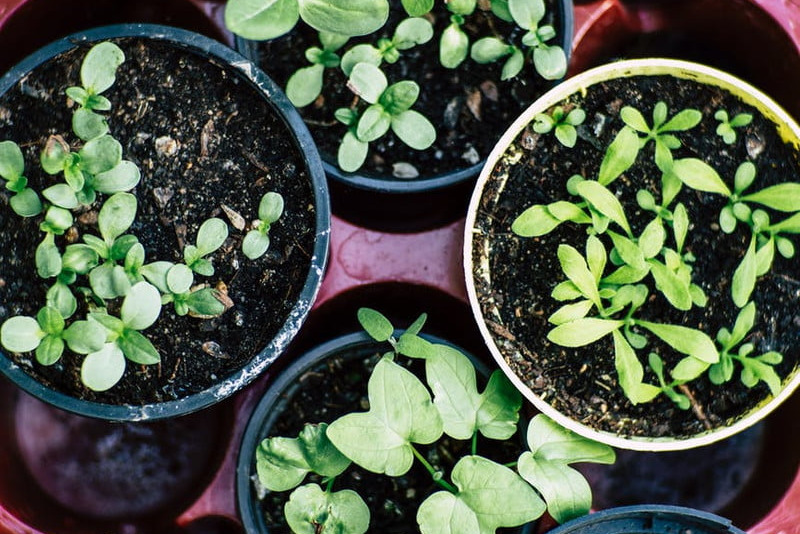
Decide whether to use seeds or seedlings
In some cases, it will make sense to plant seeds in a garden. If you do so, put the seeds deeper in the ground than you would in the spring. That will give them access to soil that’s moister and cooler.
If you want to raise a vegetable that has a long growing season, but conditions in your area won’t give it enough time to mature, you can buy seedlings and transplant them to your garden. If you live in a hot region, it may be better to plant seeds in pots indoors and then transplant seedlings to the garden once the weather cools off a bit.
Prepare the area before you start planting
If you grew vegetables in a garden in the spring and summer, you should plant different crops in the fall, or at least not grow the same plants in the same places. Pests that were attracted to your spring and summer vegetables won’t necessarily be interested in different fall veggies.
If you grew vegetables in the summer, get rid of any that aren’t doing well and weed the garden before you plant fall veggies. Use a fertilizer and high-quality compost to replenish nutrients that were used up in the previous growing season.
Follow best practices for your area
In the Gulf Coast region, according to Welch, “The most important thing is bed preparation.”
It’s necessary to have an elevated garden because the region has clay soil. “Sometimes vegetable gardens can be poorly draining if they don’t build them up,” Welch noted.
“I would recommend building up at least 10 inches, but you can’t go too high. Build a bottomless box, basically a frame,” Welch said. “You can use cinder blocks, brick, stone – whatever border material appeals to you.” Some homeowners also use cedar.
Welch noted that one common mistake homeowners make is using a container that’s the wrong size. “If they’re not planting in ground, they choose a container oftentimes that is too shallow,” she said. Depending on the crop, Welch recommends using a container no less than 18 to 24 inches deep.
Give your veggies the nutrients and water they need
Plants need the right amounts and types of nutrients to thrive. According to Welch, “It’s important to get a good organic-based soil mix.” She also pointed out that you should use soil that’s suitable for your region.
In the Gulf Coast area, “our soils and climate are so unique to us,” Welch said. She noted that gardeners often run into problems because they use “…a national product, rather than one specifically for the Gulf Coast.”
Fernandez also pointed out the importance of providing fall vegetables with the right nutrients. It’s “good to mix in a top layer of compost,” he said.
Homeowners tend to struggle with giving their garden the right amount of water. “People tend to overwater,” Welch said. “You typically only need one inch of water per week. It’s much better to water deep than often.”
Many people in California plan to hand-water, but “it’s a lot of work to go out every single day,” Fernandez noted. He recommends using an auto-irrigation system. “Set it and forget it, or you will forget it.”
Protect your veggies from harsh weather and pests
“Frost is typically not an issue at all [in the Gulf Coast region],” Welch said. “Most of the time we have short-lived, pre-dawn dip-downs, not long-lasting hard freezes.”
That’s not the case, however, in many other parts of the country, such as northern and Midwestern states. If you’re concerned about frost, you can use a row cover to protect your vegetable garden.
A row cover is a lightweight fabric that loosely covers plants and keeps the soil warm while still allowing water, air, and sunlight to reach them. A row cover can also protect vegetables from pests. If you don’t have a row cover, or if your area gets an unexpected frost, you can use a sheet or blanket to protect vegetables.
Cloches can also prevent harm to vegetables growing in your garden. Cloches can have a wide range of designs. A cloche can be used to cover a single plant or an entire garden.
Depending on where you live, animals may be an issue in the fall. In Southern California, rats, raccoons, cats, possums, and squirrels are problems, according to Fernandez.
“Everything will get eaten if you don’t cover it…,” Fernandez said. “People have learned the hard way or given up because everything got eaten. [That’s why] one of our specialties is building boxes with critter covers.”
Give fall gardening a try
Fernandez said homeowners often don’t grow vegetables due to a fear of getting started. “It’s easy to get discouraged,” he said.
Raising vegetables in the fall can be challenging, but it may not be as hard as you think. “You have to know what you’re getting into,” Fernandez noted. Understanding which vegetables grow best in your region and the challenges you may face can help you avoid common mistakes.
If you have questions about planting a fall vegetable garden, consult an employee at a local nursery or garden center. That person will understand the specific concerns associated with growing in your area and will be able to give you helpful advice.



